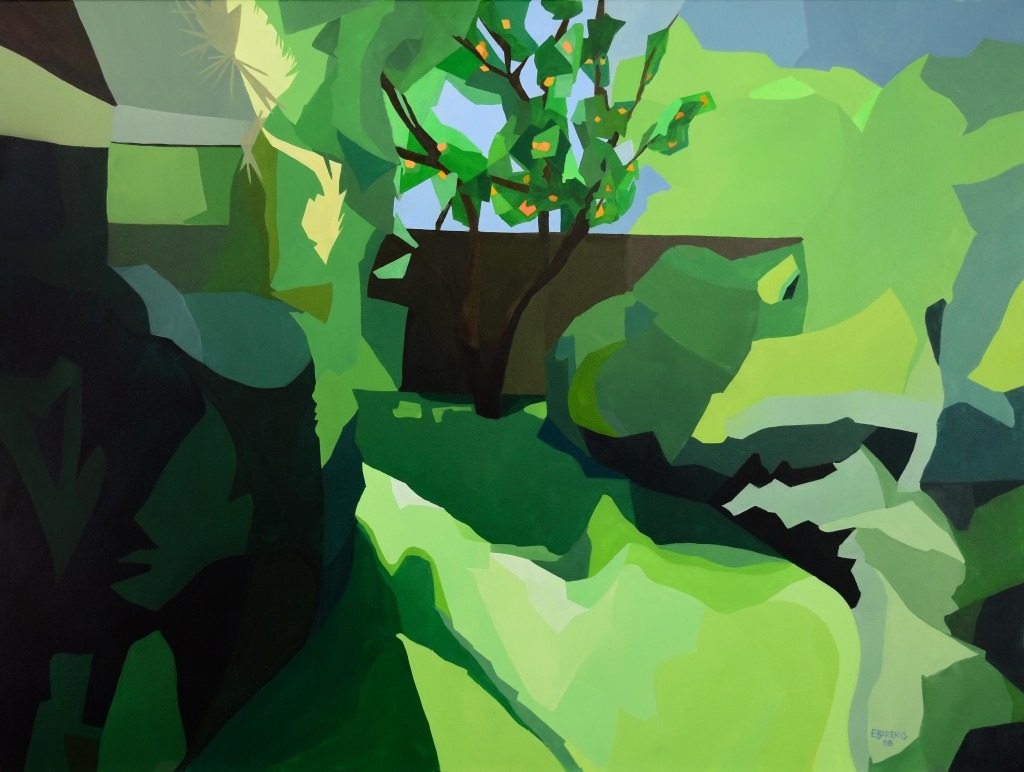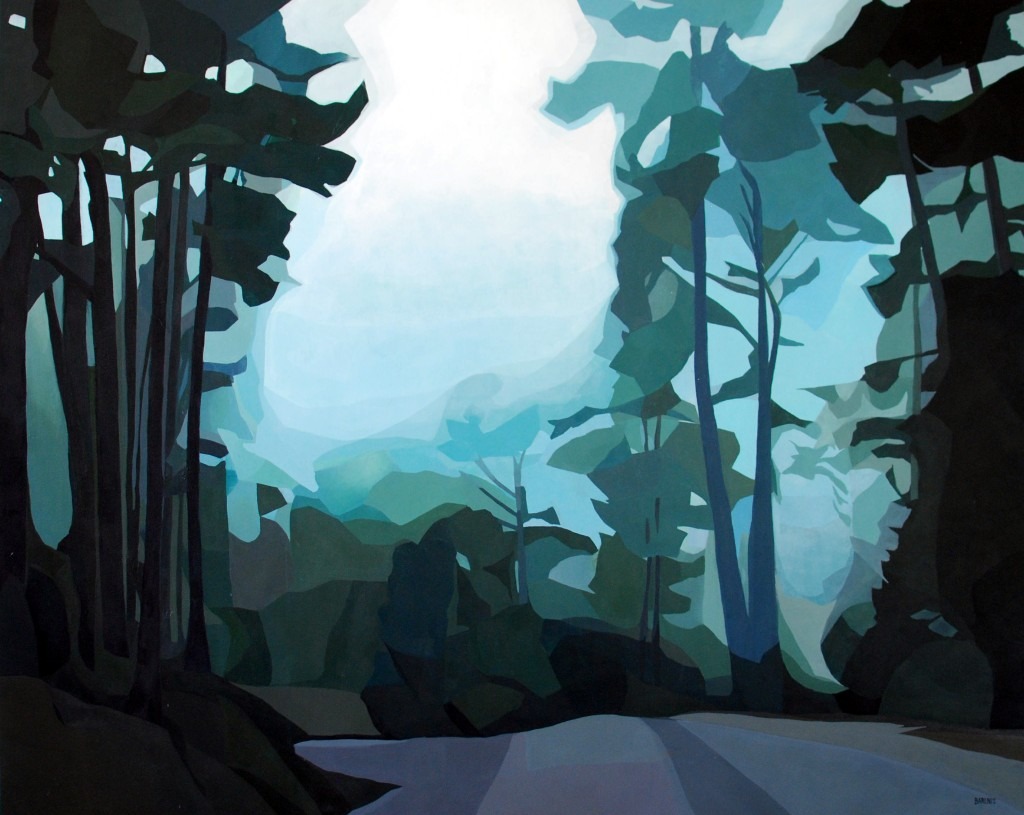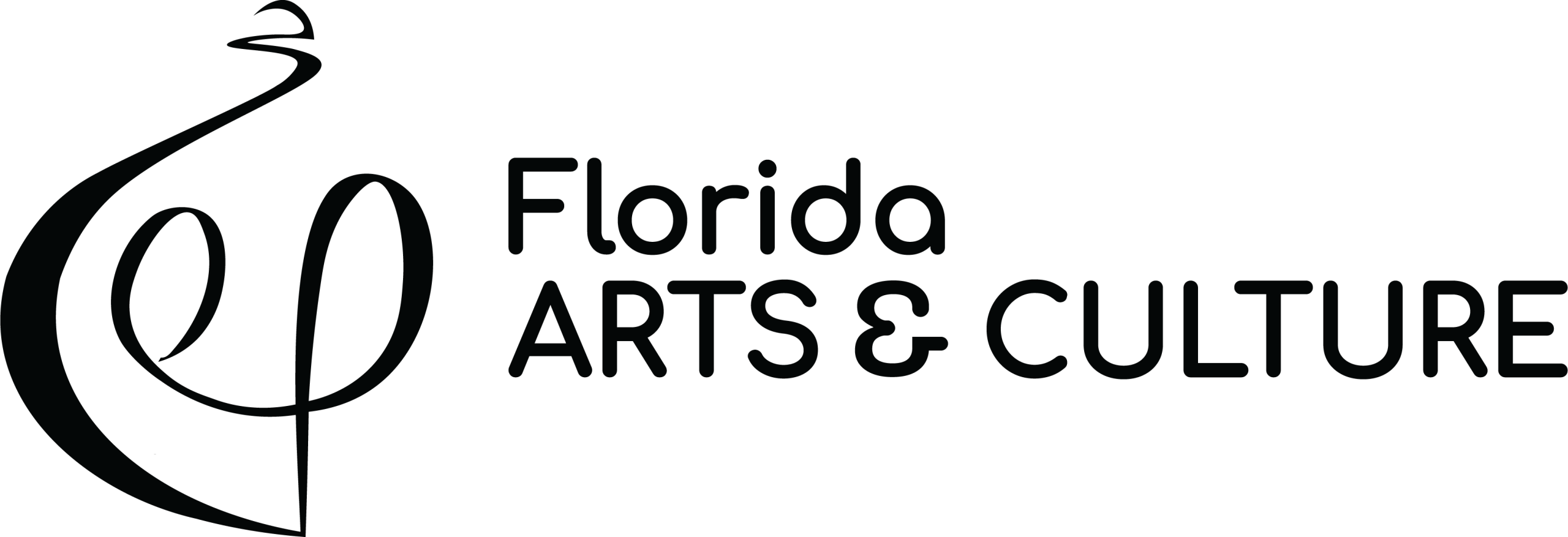When I first embarked on my career as a painter, the path wasn’t clear to me. It would’ve been nice if someone had given me a map to tell me where to go and what to do. But alas, life is a figuring-out process. Early on, I experimented with different painting styles and subjects. An early obsession came in the form of the path itself; that is, a path through the woods, or winding roads leading to some mysterious place. The psychology behind how we make decisions fascinated me.
I made an entire series of these “path” paintings, in a messy haphazard style, holding my brush like a palette knife:

The paintings were well-received and sold quickly. But something different was stirring in me. I decided to simplify my approach. I began generalizing shapes and colors – turning twenty details into just a few. I found that by doing this, I could still convey emotion, and I was creating new possibilities for interpretation. What was once a blatant representation of a path leading into the forest, now became something new, and that something is dependent on what the viewer sees.
Below is one of my first paintings I completed in this style:

It wasn’t long before my audience wanted to know what this painting style is called, and I knew I would need a name for it. I wondered if my work would fit into a movement in art history such as Cubism. But, while there are hints of Cubism in my technique, the term doesn’t fully describe what I do. So I invented a new term –“Abstract Precisionism.” The images are abstracted from reality in a very precise way. Here is a later example of this approach:

In my last post, I touched on Dali’s “double images” and how our minds affect what we observe as reality. When there are two images made of the same shapes, how does our brain decide which it sees? My supposition is that what our minds choose to perceive is rooted in our own identities. It’s as if we each have an internal road map which has been drawn by our past experiences, and our minds constantly reference that information. But who’s to say we can’t create a new destination completely divergent from our past and navigate our awareness to the world in which we want to live?
“Two roads diverged in a yellow wood / And sorry I could not travel both . . . I took the one less traveled by / And that has made all the difference.”
-Robert Frost
“Imagination is more important than knowledge.” – Albert Einstein



